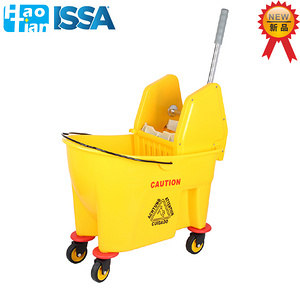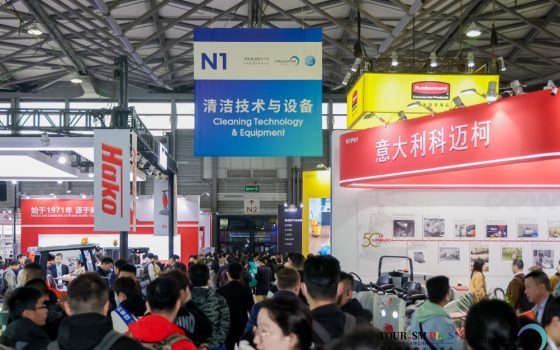ESCO model makes sense in retrofitting SSL for smart building services
The world is changing dramatically with huge technological advances for smart buildings and sustainability of the building operation. These changes are capable of massive disruption to the standard operational process - but only if they are taken up. Where do the current building owners and operators of established buildings stand on this complex business-planning decision? If they decide not to change with the times, they risk missing the many opportunities the technology provides. More to the point, they risk the fact that their opposition could gain a huge advantage by being first to adopt LED-based smart building technologies.
Interested in articles & announcements on smart buildings & lighting?
An energy services company (ESCO) is a multifunctional energy service provider that provides the technology of mechanical and electrical services to an existing or new building project for the estimated life of the building (15-25 years) for a simple periodic service fee. Rather than a traditional model of multiple, individual subcontractors, the fully funded design, supply, installation, and maintenance is under one banner in the ESCO model providing the total service (Fig. 1).
All of the equipment is fully maintained and upgraded at the time of either the end of serviceable life or a major technology improvement. This provides the building owner/operator (BOO) with the very latest technology and future proofing of the systems over the life of the building. In new installations, these technological changes provide huge savings for the developer in the adoption of the electrical/mechanical cost incorporated in a service fee through the operational expenses (opex), which experienced ESCOs guarantee is less than the traditional tendering system of capital expenses (capex) and the residual opex.
">Hot News
Recommended Products

LC80-3 LICHI 80L Three-motor stainless steel wet and dry vacuum cleaner(tilt)
Inquiry Guangzhou Haotian Cleaning Equipment Technology Co., Ltd.
LC60-3 LICHI 60L Three-motor stainless steel wet and dry vacuum cleaner
Inquiry Guangzhou Haotian Cleaning Equipment Technology Co., Ltd.



B-043B 60L Down-press Single Mop Trolley
Inquiry Guangzhou Haotian Cleaning Equipment Technology Co., Ltd.
B-046E 36L Down-press Single Mop Trolley
Inquiry Guangzhou Haotian Cleaning Equipment Technology Co., Ltd.





















